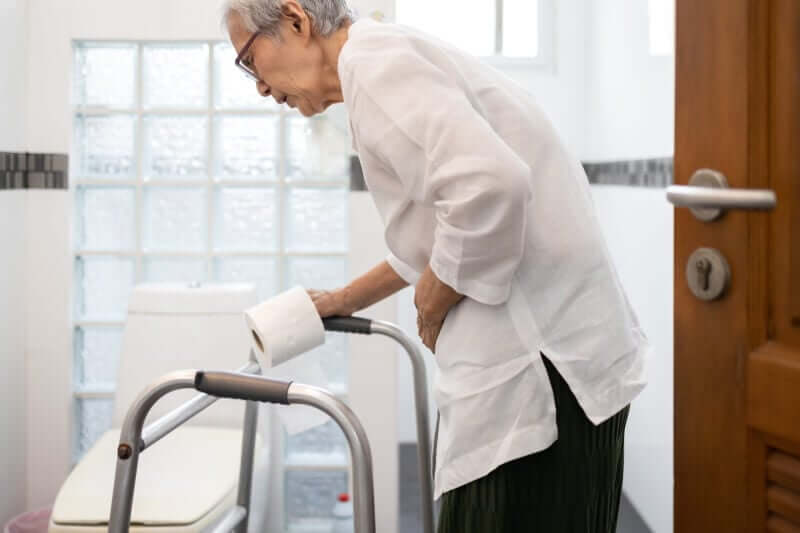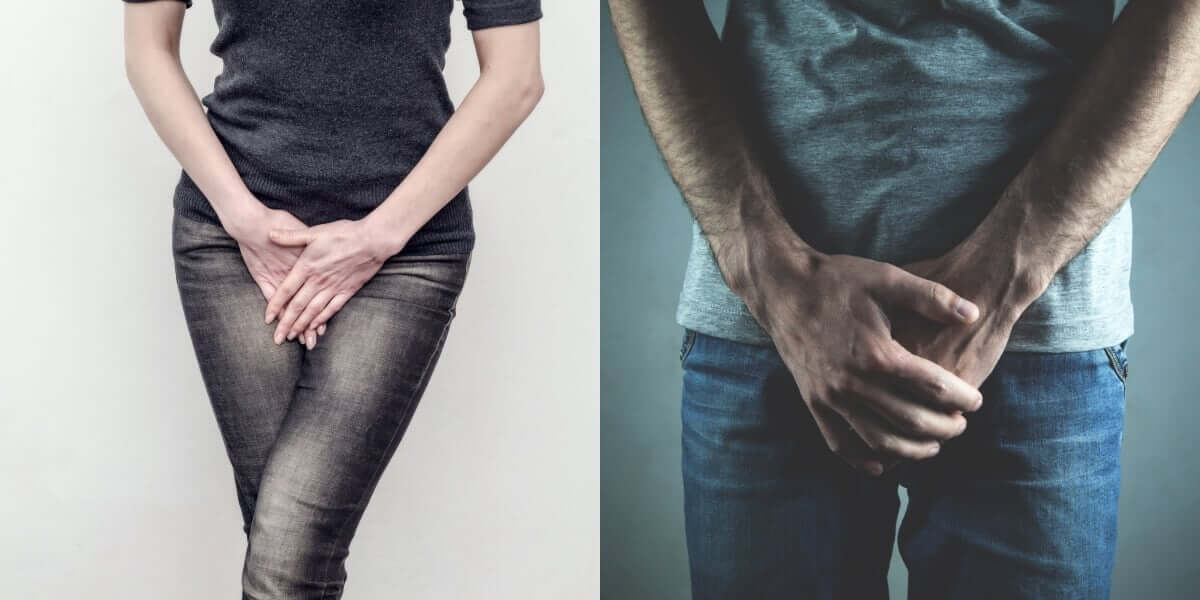Incontinence is not only a big word. It’s also a rather big problem. It is estimated that 13 million people in the US suffer from this affliction. Most of these are elderly or disabled people. And the problem doesn’t end with just the number of affected people.
Incontinence is a phenomenon that can cause a number of mental or social problems for sufferers. Many sufferers withdraw themselves from society to avoid criticism or ridicule. Some may even find it impossible to remain employed.
It bears noting that incontinence is not a health condition; it is a symptom. We will look at some of the things that may be useful to know for caregivers that have to deal with incontinence.
Treatment options
Fortunately, for most sufferers there is a silver lining. In around eight out of ten cases, incontinence can be cured or, at the very least, alleviated to a reasonable degree. Diagnosing incontinence usually requires extensive testing. On the positive side, though, the testing is also likely to identify the underlying condition that is causing the incontinence. This helps to ensure, early on, that the most appropriate and effective therapy options are selected.
Incontinence care and treatment strategies include behavioral adjustment, medication or surgery. Although behavioral changes are sometimes successful on their own, they are often combined with medication.
Behavioral changes
The first choice of therapy must always be the least invasive and the most natural option. Behavioral techniques that have proven to work for some sufferers include:
• A regular toilet schedule. Toilet breaks are scheduled at specific intervals. The patient voids regularly and this reduces pressure and the likelihood of leakage or uncontrolled voiding.
• Training the bladder. With this method, toilet breaks are also scheduled. The difference is that the intervals are gradually increased. The objective is that the bladder gets used to voiding at longer intervals in a natural manner.
• Strengthening the pelvic muscle structure. Muscles become naturally weaker with age. Weakened muscles may prevent sphincters from closing properly and allowing leakage. Emptying of the bladder may also be compromised resulting in a more frequent need to urinate. Specific exercises targeted at these muscle groups are often very successful in reducing the incidence and severity of incontinence.
Medication or surgery
If physical or behavioral therapies have not been sufficiently successful, the next option is medication. There are several different bladder control medication regimens available. A physician may also recommend discontinuing a medication that appears to be causing or contributing to the problem.
As with any medical condition, surgery should always be the last resort solution and only chosen when all non-surgical cures or management techniques have failed. Several surgical techniques can be applied depending on the cause of the problem.
Managing incontinence
When all the medical therapy options have failed, there is always still the option of adapting to, and living with, the problem.
More often than not, this approach would involve a combination of behavioral techniques and devices for incontinence care.
The market offers a vast array of products that help to protect the dignity of people with incontinence issues and allow them to live a reasonably normal life. Most of these products are designed to absorb the fluids that leak accidentally.
How can a caregiver help?
There are many ways a caregiver can help an elderly or disabled person cope with the problem. It is a sad fact that only about 8% of incontinence sufferers seek help. So, as a caregiver, the first step you can take, should you notice any signs of the problem, is to convince the patient to acknowledge the problem.
• Acknowledge
This is possibly the trickiest part of getting to grips with it. The discussion is likely to be very uncomfortable for the patient at first. It is vital, therefore, to be supportive and to encourage the patient to seek medical help. Make sure they understand that there is a good chance that some form of treatment will almost certainly improve the prognosis.
• Set routines
Help the patient to set up a diary. Make notes of food and beverages consumed and record the times of all toilet breaks. If there are any triggers that create or aggravate the urges, the diary may assist in identifying them. A routine is also the best way to ensure that the patient voids regularly and reduces the risk of accidents.
Stick to the routines. Do not skip scheduled toilet breaks. If bladder training is recommended, this is especially important as breaks in the routine will render the training ineffective.
• Make life simple
Try to make things as easy as possible for the patient. Simple things like leaving a toilet light on at night can make it so much easier for the patient to retain some independence. Select clothing that is easy to remove and put on. Maintaining a measure of independence is crucial to preventing the patient from a loss of self esteem and keeping them motivated.
• Select suitable incontinence products
There are a lot of different products available. The choice of product depends on several factors. The three most common types of products are:
Also sometimes referred to as liners, these are generally suitable for people who have light incontinence. It is placed inside the patients own underwear or can be worn with special pants. Some pads can also be used with the brief type product to provide extra absorption capacity.
Pads or liners are available in various shapes and sizes with different absorbency levels. Click here for our picks for best incontinence pads.
Having the same design as disposable baby diapers – and also sometimes referred to as just “adult diapers” – briefs have adhesive tabs that close around the waist. Briefs are available in various sizes and absorbency levels. They are considered more suitable for bedridden or less ambulatory patients.
Click here to see our picks of the top 10 tab style briefs.
Suitable for more active wearers, pull-ups are fashioned like regular underwear with an elastic waistband to keep them in place. Again, like the other options, they come in a range of sizes and absorbency levels.
Selecting the right size is very important. Incorrect sizing can lead to leaks, especially around the legs. A low absorbency level may result in wetness that can cause skin irritation as well as overflow leakages.
Click here to see our picks of the top 10 pull ups.
• Regular encouragement
Provide encouragement on a regular basis. Try to praise specific events or milestones. For example, if the patient is on bladder re-training, comment occasionally on the increased duration of the interval between toilet breaks.
Conclusion
Living with incontinence is not very pleasant. Neither for the patient nor for the caregiver. However, with a little planning and attention to some of the details discussed in this article, the discomfort and inconvenience of incontinence care can be kept to a minimum. And once everyone is in the routine, it becomes quite a lot easier to deal with it.
If you need help or have questions regarding these incontinence products (or any of our products), please send us an email at sales@llmedico.com or call us at (855) 422-4556. Thank you!











 855-422-4556
855-422-4556 Chat
Chat Email Us
Email Us